-
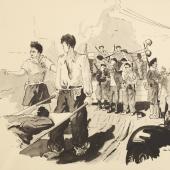
Blémus, sergent-chef, Ceux du maquis: Plainefas, Vermot, Les Goths
-
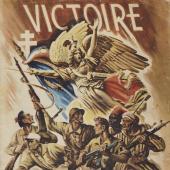
Victoire, numéro special. Supplément à la revue L’Armée française au combat (1)
-
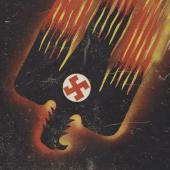
Victoire, numéro special. Supplément à la revue L’Armée française au combat (2)
-
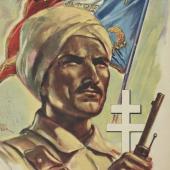
L’Armée Française au combat, No. 3
-

William Siss, Soldats et généraux des campagnes d’Europe occidentale, 1944–1945: portraits et scènes de guerre de Siss, peintre aux Armées
-
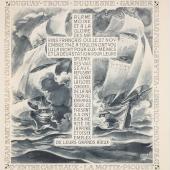
André Piernic, L’héroï sabordage de la flotte française: Toulon, 27 novembre 1942: photographies prises par André Piernic pendant le sabordage (1)
-
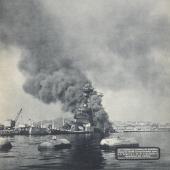
André Piernic, L’héroï sabordage de la flotte française: Toulon, 27 novembre 1942: photographies prises par André Piernic pendant le sabordage (2)
Military and the Maquis
Literature of the Liberation
The military and the Maquis were closely combined and the Organisation de Résistance de l’Armée (ORA) became part of the Forces Françaises de l’intérieur (FFI), the French army that liberated Paris, while several battalions of Maquis recruits formed part of the 14ème Division d’Infanterie. The book with that title was printed in the German city of Offenburg soon after it was captured, and is an example of the army’s campaign to rebuild its reputation through publishing high quality books about the victories of the French army in the last months of the War. The French navy suffered two serious losses, the destruction of the fleet at Mers-el-Kébir in 1940 by the British and the scuttling of the fleet at Toulon in 1942, on the orders of the Vichy government, which was photographed by André Piernic. The French air force, destroyed in the defeat of France, began to form new squadrons with French personnel in 1943, with planes supplied by the Americans and British. The formation of one of these squadrons is recorded in Chasseurs bombardiers, while William Siss’s portraits of French and Allied military leaders reflect the prestige of the military in the first years after the War.